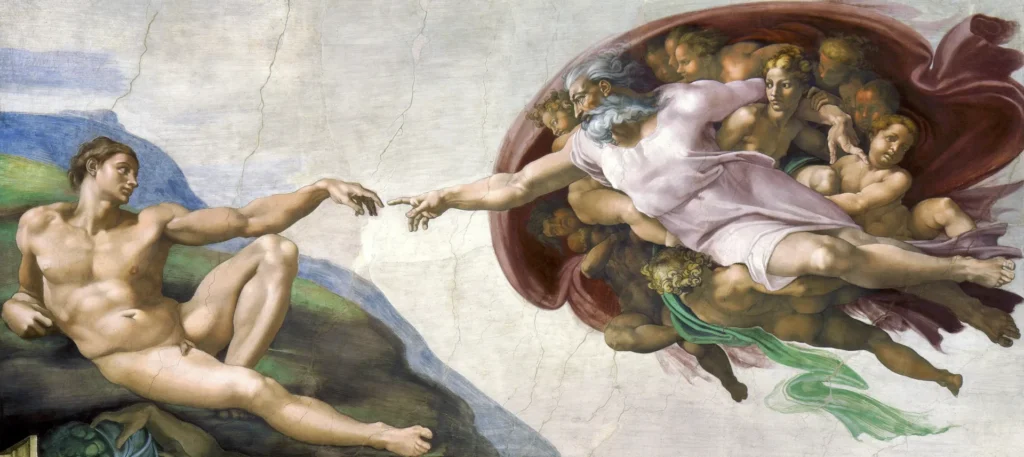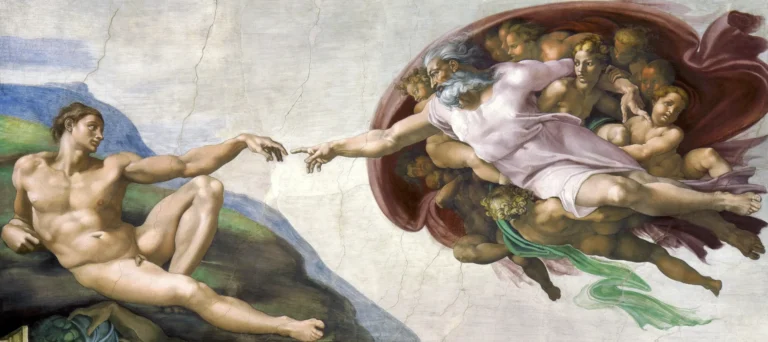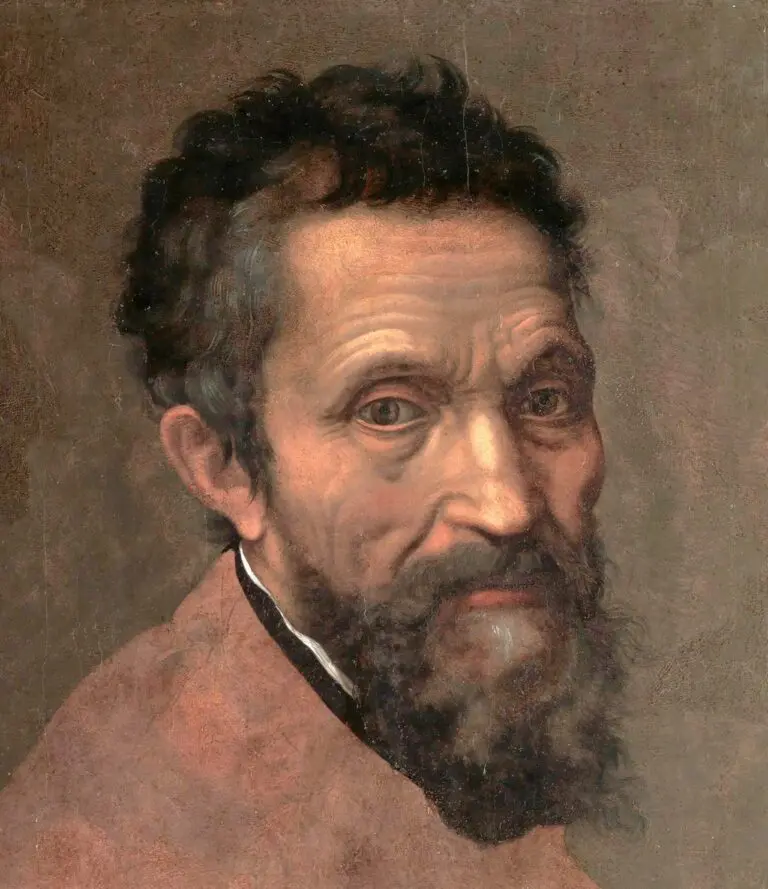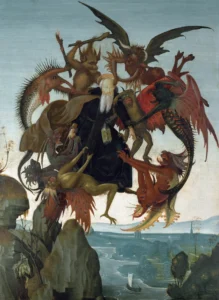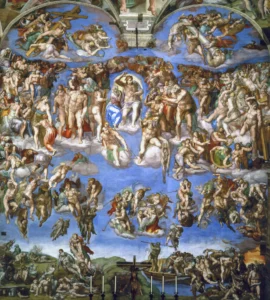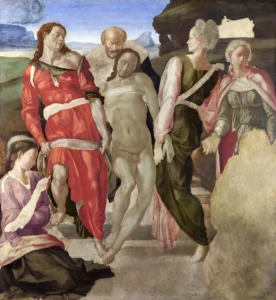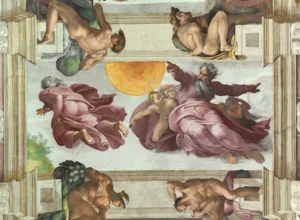The Creation of Adam (1511)
Created between 1511 and 1512, The Creation of Adam is a breathtaking fresco by Michelangelo located on the ceiling of the Sistine Chapel in Vatican City. It portrays the pivotal moment when God breathes life into Adam, symbolizing the divine connection between humanity and God. The artwork is celebrated for its dynamic composition, profound symbolism, and flawless representation of the human form. A testament to Michelangelo's mastery, this piece remains one of the most iconic images in art history, resonating through centuries as a symbol of human creation and divine inspiration.
1511 - 1512
About the Artwork
Commissioned by Pope Julius II, the Sistine Chapel's ceiling was a monumental project that defined Michelangelo's career. The artist worked under challenging conditions, often on scaffolding high above the chapel floor, and faced the logistical difficulties of creating vast frescoes in a limited timeframe. The Creation of Adam stands as a highlight of this monumental work, embodying the Renaissance ideals of humanism and divine creation. The close proximity of Adam's and God's fingers captures a deeply significant moment—the transfer of life and the divine spark. The varying interpretative layers surrounding this artwork invite viewers to explore philosophical questions about humanity's place in the universe.
Did You Know
The portrayal of God in The Creation of Adam has sparked discussions about its representation. Some art historians suggest that the shape of God’s cloak resembles the human brain, symbolizing intellectual awareness and the divine origin of life.
The almost-touching fingers of God and Adam symbolize the delicate moment of divine intervention. This simple yet profound gesture has inspired countless interpretations surrounding the human connection to the divine and the moment of life itself.
The Creation of Adam has permeated popular culture, becoming one of the most parodied images in art. From contemporary advertisements to modern films, its iconic imagery resonates widely, showcasing its enduring impact on our visual language.




